ADHD is an abbreviation for “attention deficit hyperactivity disorder.” It is considered one of the most common disorders in child psychiatry. In the past, ADHD was considered much more common in boys. However, this view is changing – more and more researchers argue that the course of ADHD in girls is slightly different, and the problem may not consistently be recognized.
It is believed that the cause of ADHD is abnormalities in the functioning of the central nervous system – individual brain structures develop unevenly. It is why ADHD is referred to as a neurodevelopmental disorder.
Researchers found that ADHD has some hereditary basis. In addition, several factors can aggravate symptoms. These include abnormalities during pregnancy, perinatal hypoxia, head injuries, poisoning, and environmental negligence.
ADHD is characterized by symptoms from three groups: hyperactivity, impulsivity, and attention disorders. The intensity of symptoms may differ among children, with some experiencing more hyperactivity while others struggle more with attention deficits. It's important to note that each child is unique in their experience of ADHD.
The most common symptoms of ADHD include:
The disorder has a slow and long-term course, but the symptoms occurring during the condition and the areas of life affected by ADHD change with age.
Two important conclusions emerge from many years of research. The first states that ADHD symptoms disappear in about 30% of patients during adolescence. It is also important to remember that puberty is turbulent for most young people. Therefore, all impulsive behaviors or outbursts of anger in a teenager diagnosed with ADHD should not be attributed to the severity of the symptoms of the disease itself.
The second conclusion from the research is that ADHD manifests differently in childhood and adulthood![]() . So, we can say that the picture of this disorder is evolving. When considering a child's age, there are distinct periods in the life of someone with ADHD who exhibits different types of behavior.
. So, we can say that the picture of this disorder is evolving. When considering a child's age, there are distinct periods in the life of someone with ADHD who exhibits different types of behavior.
ADHD is usually diagnosed around the age of 7, but signs must have been present before reaching 12 years old![]() . However, the symptoms may be noticeable earlier.
. However, the symptoms may be noticeable earlier.
Excess mobility may attract the parent's attention during the first successful attempts to walk, appetite disorders, and reduced sleep. When a child goes to kindergarten![]() , numerous injuries and risky and reckless behaviors join, and the time needed to perform basic activities is extended.
, numerous injuries and risky and reckless behaviors join, and the time needed to perform basic activities is extended.
Starting school![]() is when ADHD symptoms become most pronounced. It is related to the emotions accompanying this event, and thus, the symptoms are intensified. The first signal is the teachers' opinions about the child. Parents often receive information that the child cannot sit still in class, hangs around the classroom, is loud, disturbs other students, and is aggressive toward peers.
is when ADHD symptoms become most pronounced. It is related to the emotions accompanying this event, and thus, the symptoms are intensified. The first signal is the teachers' opinions about the child. Parents often receive information that the child cannot sit still in class, hangs around the classroom, is loud, disturbs other students, and is aggressive toward peers.
Some of the ADHD child behaviors are:

It might seem that ADHD is primarily a condition in children and adolescents. However, the symptoms of the disorder persist into adulthood![]() . It is not a big deal when ADHD has been diagnosed and treated beforehand.
. It is not a big deal when ADHD has been diagnosed and treated beforehand.
Difficulties arise when the patient, an adult, goes to the doctor. Unfortunately, adults with ADHD are often misdiagnosed and treated incorrectly. Sometimes, as children, they were not diagnosed or subjected to the wrong treatment for other diseases.
Symptoms of ADHD are sometimes difficult to distinguish from symptoms of generalized anxiety disorder or depressive disorder. For this, you need to have reliable information about the functioning of a person in childhood, and this – for various reasons – is not always obtainable. Difficulties in making an accurate diagnosis mean that some adults do not realize they are hyperactive.
A list of ADHD symptoms in adults![]() includes:
includes:
The diagnosis of ADHD in an adult![]() can be made after meeting several conditions. The most straightforward situation is when it is possible to state that the diagnosed symptoms and disorders have already occurred in childhood, and the patient and their relatives confirm this. According to the current requirements, confirmation of this is required to diagnose the condition. However, it also happens that the symptoms of ADHD do not appear until adulthood.
can be made after meeting several conditions. The most straightforward situation is when it is possible to state that the diagnosed symptoms and disorders have already occurred in childhood, and the patient and their relatives confirm this. According to the current requirements, confirmation of this is required to diagnose the condition. However, it also happens that the symptoms of ADHD do not appear until adulthood.
It is believed that the symptoms of the disease may always exist, but their impact on the condition of the patient's functioning appears primarily in significant moments for them, such as changing schools, starting studies, or a new job. This impact on functioning and its disturbances in more than one area is also a critical assessment, apart from symptoms, during the diagnosis of ADHD.
What significantly affects the quality of life of adults with ADHD![]() are difficulties in social functioning. It is primarily due to problems with maintaining satisfying and lasting relationships with people. Excessive impulsiveness is associated with high intensity of reaction, explosiveness, or increased talkativeness – sometimes difficult to bear for the environment. People with ADHD can thus easily antagonize other people.
are difficulties in social functioning. It is primarily due to problems with maintaining satisfying and lasting relationships with people. Excessive impulsiveness is associated with high intensity of reaction, explosiveness, or increased talkativeness – sometimes difficult to bear for the environment. People with ADHD can thus easily antagonize other people.
Haste and lack of stability in behavior may also apply to ill-considered relationships, entering into casual relationships and ending them abruptly. It's hard to rely on such a person. In addition, an adult with ADHD forgets about previous arrangements, “turns off” during a conversation, and does not listen carefully, which can be perceived as ignoring or arrogant.
All this means that people with hyperactivity usually have few friends and, therefore, feel lonely. It is difficult to accept an ADHD person with a whole repertoire of burdensome symptoms. However, for them, living with these symptoms is also challenging.
In addition, the behavior of a person with ADHD is often a source of guilt, which can lead to negative thinking about themselves, sadness, and depression. It makes them especially in need of support from loved ones. However, living at home with a hyperactive person can be difficult.
People with ADHD, to a greater extent than others, have a chance to become parents of hyperactive children![]() . It is a big challenge, but also a certain level of understanding. It is easier for an adult with symptoms of hyperkinetic syndrome to understand how a child with ADHD feels, what problems they have, what is difficult to expect from them, and how to help them.
. It is a big challenge, but also a certain level of understanding. It is easier for an adult with symptoms of hyperkinetic syndrome to understand how a child with ADHD feels, what problems they have, what is difficult to expect from them, and how to help them.
ADHD is also often a problem in professional life. It is hard to fulfill your duties well when you cannot organize and plan your work. Constructing and implementing plans is the Achilles heel of people with hyperactivity. Such difficulties lead to “breaking” deadlines or working under pressure. No wonder hyperactive people are often perceived as insubordinate, lazy, and less effective employees. It makes finding and keeping employment much more difficult.

People with ADHD – due to the symptoms they experience and often co-occurring with specific school difficulties (e.g., dyslexia, dysgraphia, dyscalculia) – are less successful in education than their peers with comparable intellectual potential.
Therefore, they often finish their education earlier and obtain lower education than their cognitive abilities would indicate. For many people, this means less satisfying work, no possibility of fuller self-realization in their interests, and thus – a sense of defeat and lowered self-esteem.
However, there is also the other – bright – side of the coin. People with attention deficit hyperactivity disorder, through a different way of receiving and processing information, are often perceived as more creative and able to think unconventionally and innovatively.
ADHD is most often diagnosed![]() in school-aged children. It is because they exhibit excessive mobility, impulsiveness, and attention deficits, which makes it more difficult for them to adapt to the school environment, disturb others, and have difficulty learning. Thus, attention deficit hyperactivity disorder ADHD, although it was present in them before, is becoming more and more noticeable.
in school-aged children. It is because they exhibit excessive mobility, impulsiveness, and attention deficits, which makes it more difficult for them to adapt to the school environment, disturb others, and have difficulty learning. Thus, attention deficit hyperactivity disorder ADHD, although it was present in them before, is becoming more and more noticeable.
This does not mean patients over 12 are excluded from diagnosing ADHD. Currently, attention deficit hyperactivity disorder is also diagnosed in older children, as well as in adults.
The diagnosis of ADHD requires a thorough interview with parents/guardians and examination of the child – conversation (in the case of older children) or observation of its behavior during, for example, playing together (younger children). A psychological examination is also recommended, during which the following are assessed: intellectual abilities, ability to concentrate, remember, associate, fitness and motor coordination, and other functions.
It is necessary to obtain information about the child's behavior and functioning from other people who take part in the child's care: teachers, school counselors, kindergarten or daycare tutors, and members of the extended family.

Other problems and mental disorders that may cause similar difficulties in the child's functioning, such as ADHD, should be excluded. These include, among others, intellectual disability, difficulties in mastering school skills, adaptation problems caused by stressful events or new situations in the child's life, behavioral disorders, and anxiety disorders.
It is also necessary to exclude somatic and neurological diseases: thyroid diseases, vision and hearing problems, allergies, epilepsy, tics, and side effects of used medicine. A psychiatrist may refer the child for consultation with a pediatrician or neurologist in case of diagnostic difficulties.
A common problem in diagnosing ADHD is the coexistence of other mental disorders. The condition requires the interviewer to differentiate (or exclude) other disorders, such as autism or anxiety neurosis. In the case of ADHD, the diagnostician should clearly state the severity of attention deficit disorder, excessive activity, and anxiety, which increase in various situations and persist over time. Therefore, the psychologist conducting the diagnosis takes into account the following qualitative![]() and quantitative criteria:
and quantitative criteria:
All listed symptoms of ADHD must persist for at least six months to a degree that prevents the child from adapting to school and social demands.
To sum up, the diagnosis of ADHD is a long and complex process that requires:
Specialists diagnosing a child must demonstrate extensive knowledge and experience, as ADHD can coexist with other mental disorders.
Treatment of ADHD is based on the combined use of various therapeutic methods and social interactions, supplemented, if necessary, with medication.
First, psychoeducational of parents, teachers, and other people taking care of the child should be carried out – what ADHD is, where it comes from, and how to treat it. As part of psychoeducation, methods of dealing with undesirable behavior and helping the child to cope with the symptoms are discussed with the child's guardians (e.g., setting a precise daily schedule that will prevent forgetting about duties, methods of motivating the child to study systematically, finding safe forms of “discharging the overwhelming energy” etc.). These ways of dealing with symptoms are called behavioral interventions.
Psychoeducation and systematic behavioral interventions may be sufficient for young children with mild symptoms. Additional therapeutic interventions![]() can be introduced, such as individual or group psychotherapy for the child, family therapy, and social skills training.
can be introduced, such as individual or group psychotherapy for the child, family therapy, and social skills training.
To treat ADHD, we mainly use psychostimulants![]() and non-psychostimulants
and non-psychostimulants![]() . Studies have shown that some antidepressants
. Studies have shown that some antidepressants![]() can also help reduce the severity of ADHD symptoms. Antipsychotics
can also help reduce the severity of ADHD symptoms. Antipsychotics![]() in small doses are sometimes used to decrease hyperactivity and impulsivity.
in small doses are sometimes used to decrease hyperactivity and impulsivity.
Indications for the introduction of pharmacological treatment include high severity of ADHD symptoms, significantly hindering the child's daily functioning, the presence of accompanying mental disorders, and lack of insufficient effectiveness of therapeutic activities.
Medications for each child are selected individually, considering the picture of the disease (what symptoms predominate), coexisting disorders, and individual contraindications to specific medications resulting from the state of health.
It is worth emphasizing that the correct diagnosis, most often carried out in cooperation with a child and youth psychologist and a psychiatrist, ensures the planning of a treatment strategy appropriate for the child, which, when practical and systematic, enable the child to function properly at home, at school and in a peer group, and at the same time relieves the entire family.
Table of Contents
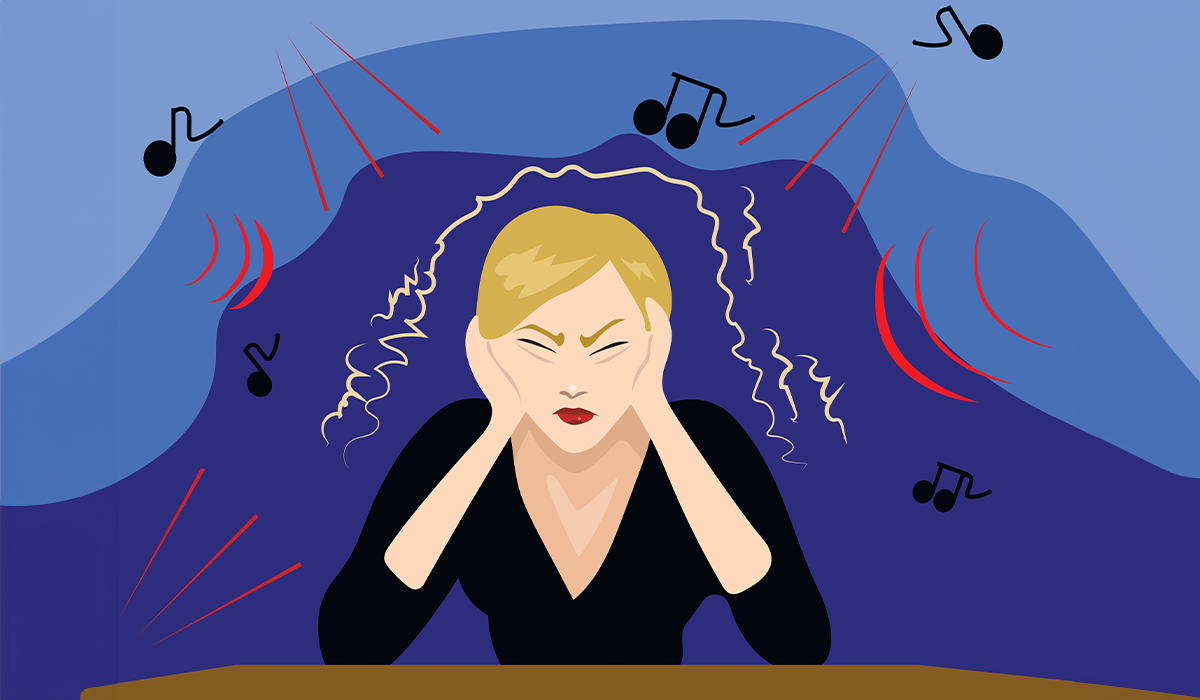
Misophonia is an inappropriately strong reaction to specific sounds. It occurs in many disorders. Learn about the meaning of misophonia… read more »
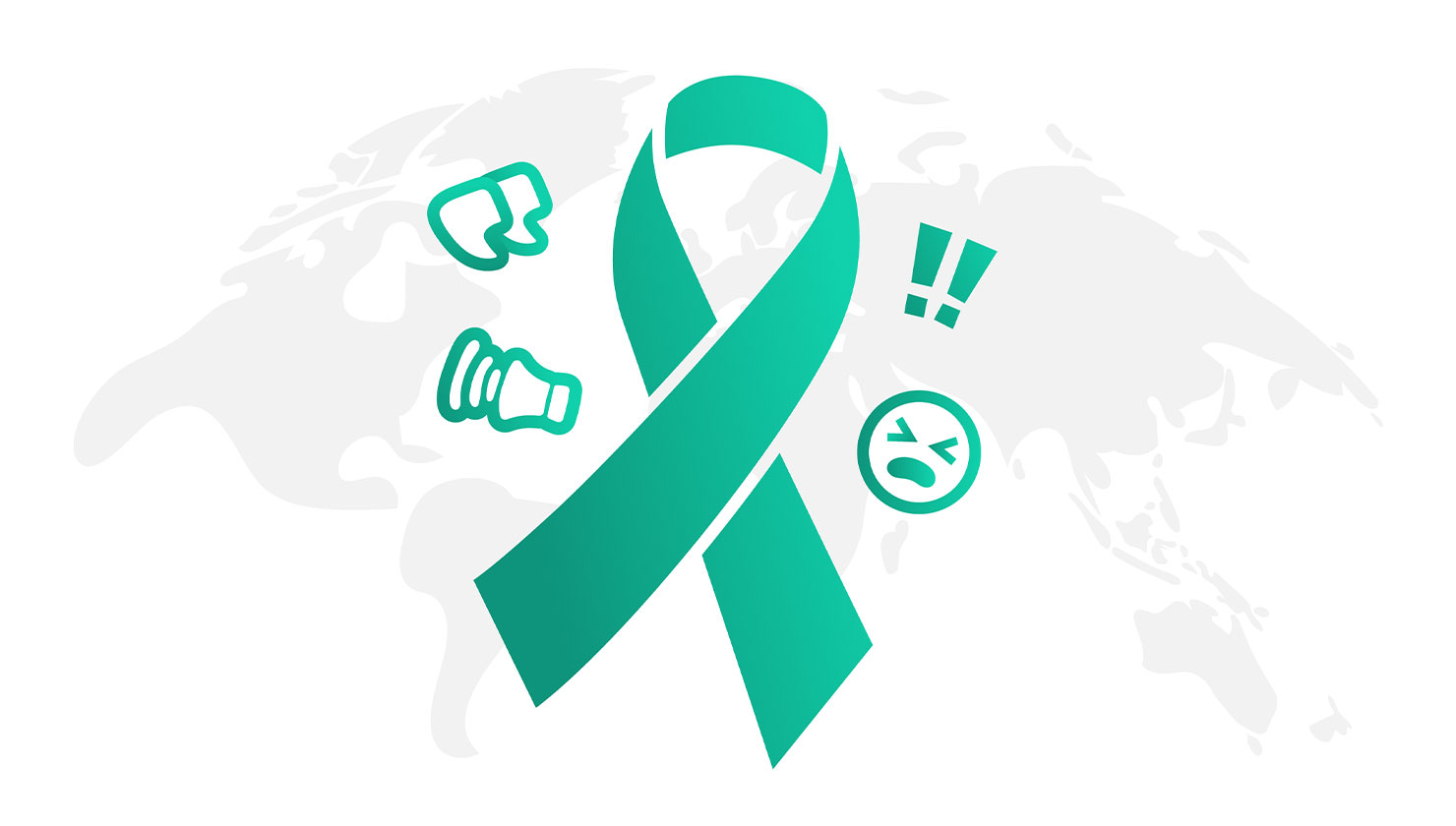
Tourette syndrome is characterized by tics. What are its causes? What to do if we observe disturbing symptoms? read more »
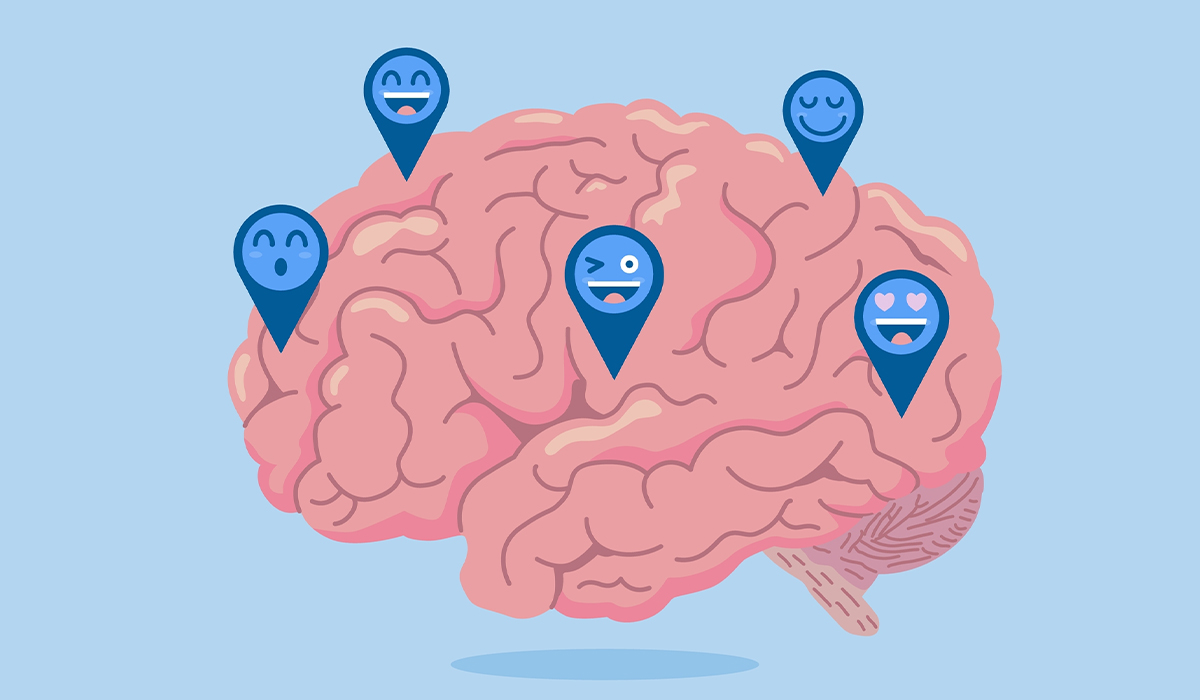
Dopamine is a chemical compound with various functions in the human body. Its levels affect overall health. Learn more about… read more »

Dyspraxia is a perceptual and motor dysfunction manifested by developmental coordination disorders. How does it manifest itself? What is the… read more »
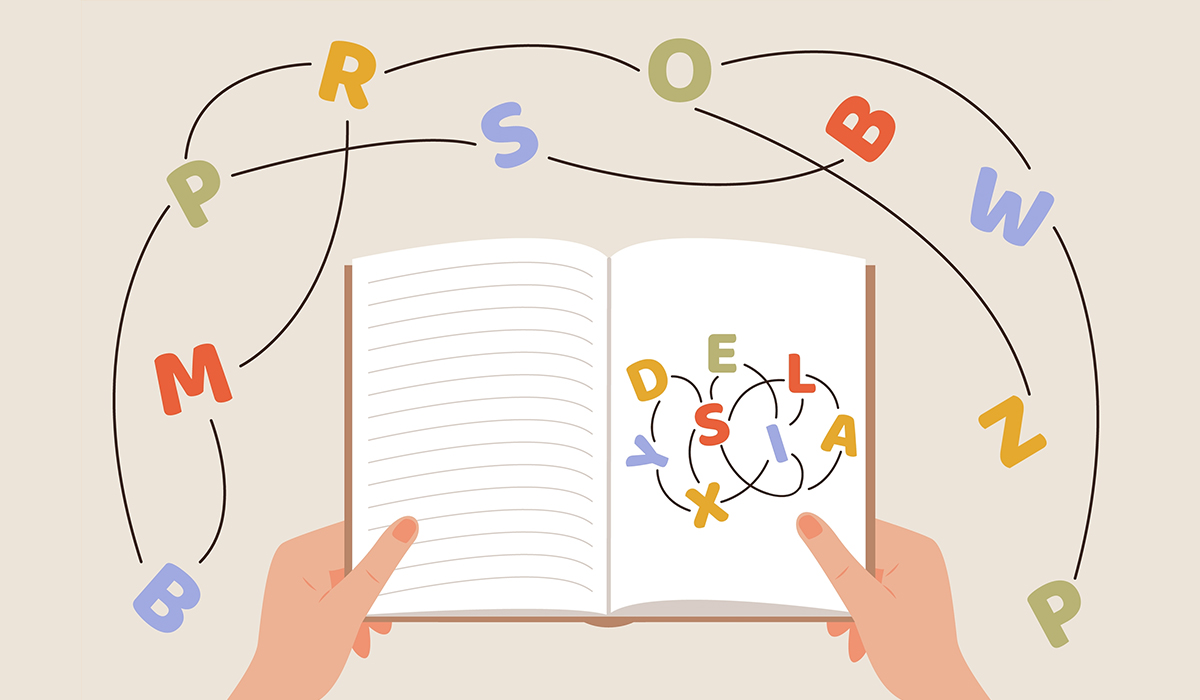
Dyslexia is a disorder that manifests itself in difficulties in learning to read and write. Why does it occur? What… read more »

ICD-10 stands for the International Classification of Diseases, 10th Revision, which is a medical classification system developed by the World… read more »
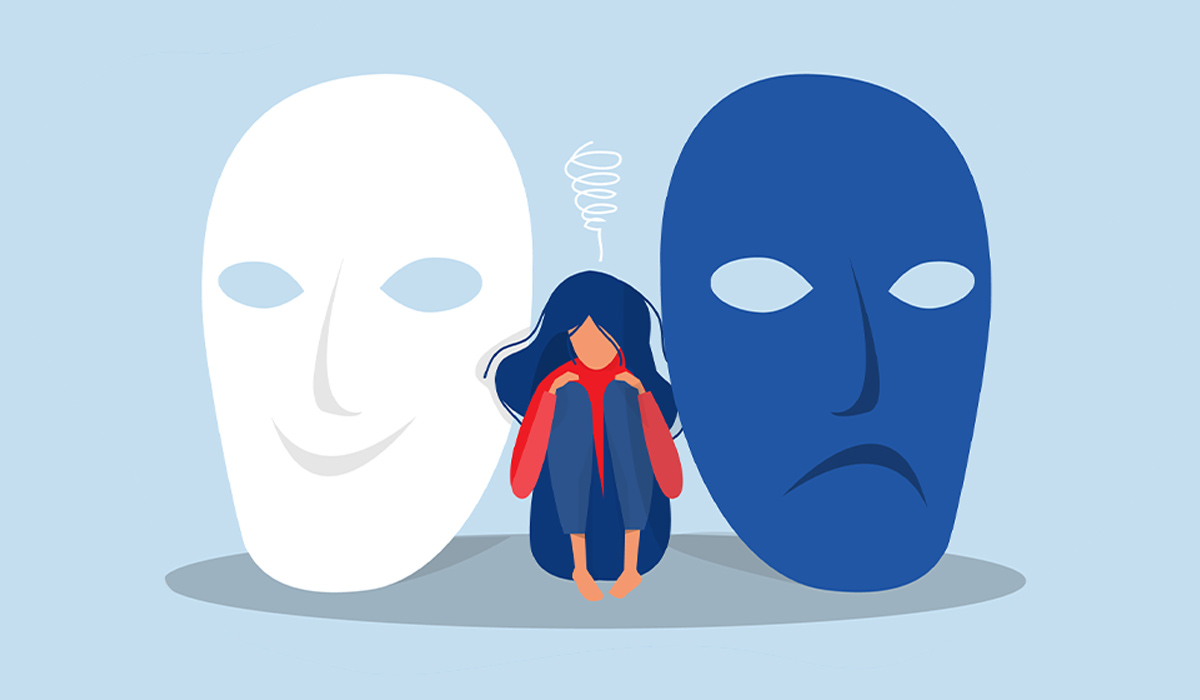
Bipolar disorder is a mental disorder characterized by the alternation of extremely different mental states – depression and mania. What… read more »

Lice are ectoparasites, so they live outside the body of their host, in this case the human. What symptoms do… read more »
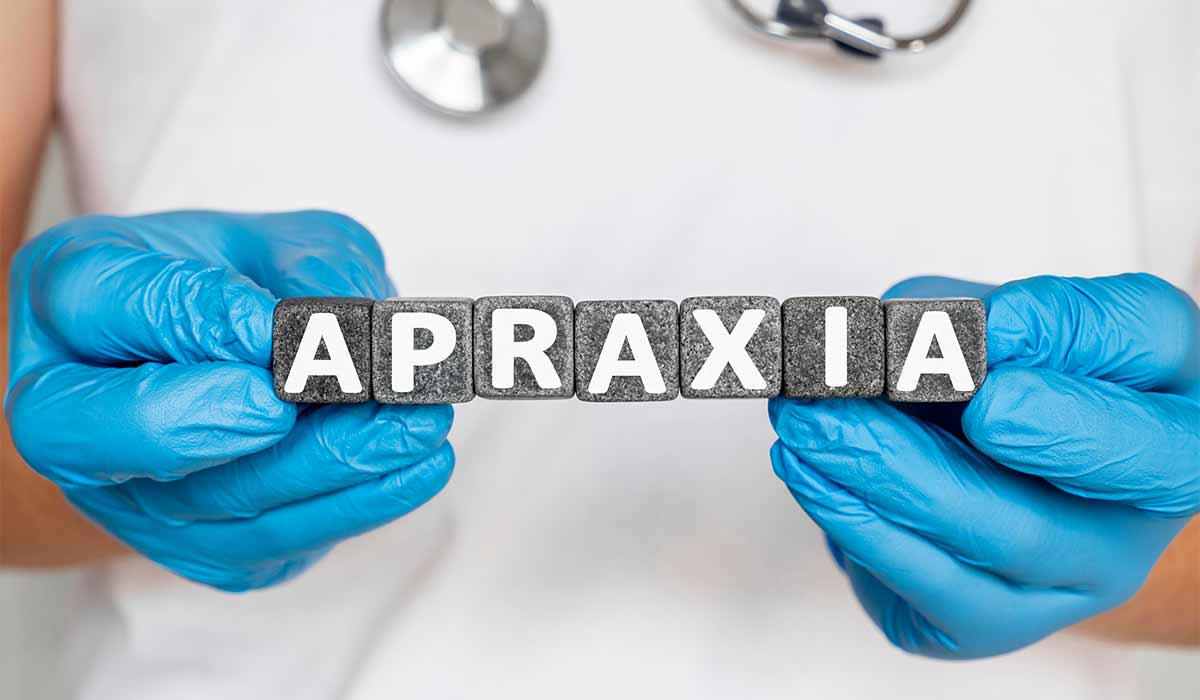
Apraxia is a neurological disorder. It is the inability to perform known movements or activities on command. How can it… read more »